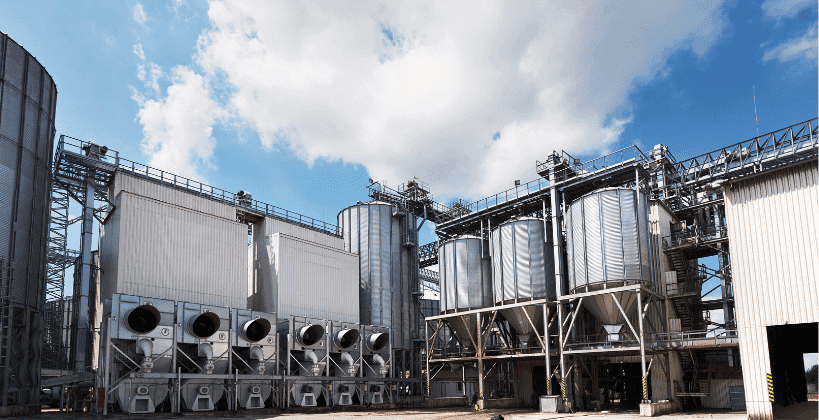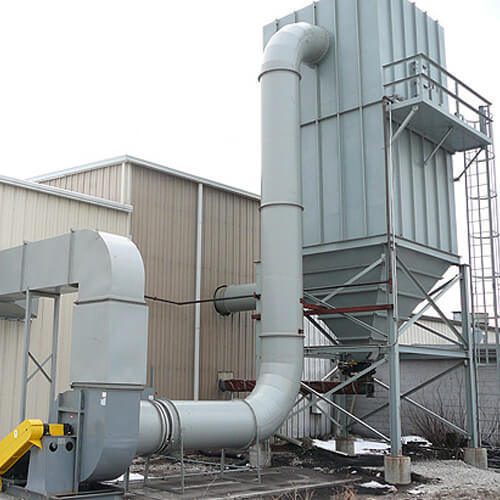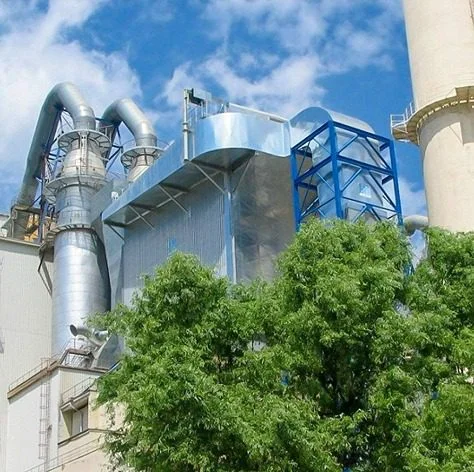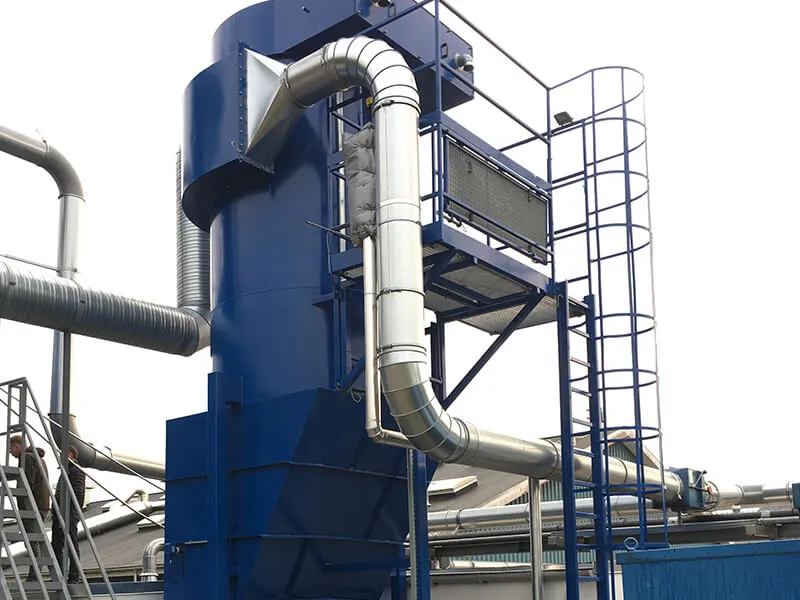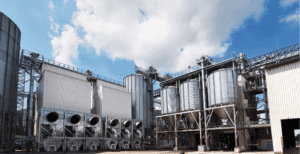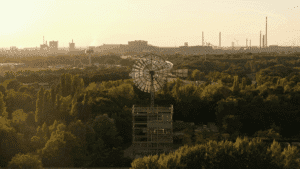Few components in a cement plant influence both performance and profitability as directly as the filter bags inside the bag house. They sit quietly in the background, yet their performance determines compliance, efficiency, and maintenance costs. The irony is that while filter bags may represent a small share of total investment, they can account for up to 20% of a plant’s lifetime operating costs when energy use, downtime, and replacements are considered.
As environmental norms tighten and energy costs rise, choosing the right filter bag is no longer a procurement choice—it’s an operational strategy. In the modern cement industry, the bag house in a cement plant isn’t just a pollution control system; it’s a profit protection system.
The Current Landscape
Over the past decade, bag houses have overtaken electrostatic precipitators (ESPs) as the dominant dust-collection solution in cement manufacturing. Their ability to maintain emissions below 20 mg/Nm³—even under fluctuating dust loads—has made them indispensable.
The global filter bag market, valued at USD 8 billion in 2024, continues to grow steadily, driven by stricter environmental laws and industrial expansion in emerging economies. In India, where production capacity continues to rise, efficient dust control has become both a compliance and reputational priority.
Yet, many cement plants face common pain points—abrasive dust that wears out fabrics, thermal shocks that degrade performance, and chemical exposure that weakens seams. Over time, the pressure drop across the filter increases, pulse cleaning becomes more frequent, and overall system efficiency drops silently until it’s too late.
A long-term reliability study found that bag filters follow a “bathtub” curve: early failures from installation errors, years of stable performance, then a steep rise in wear as the bags age. By year fifteen, collection efficiency can drop from 99.9% to around 95%, gradually pushing plants toward compliance risk.
Emerging Trends Reshaping Bag House Performance
The science behind filter bags is evolving rapidly, merging material innovation with digital intelligence.
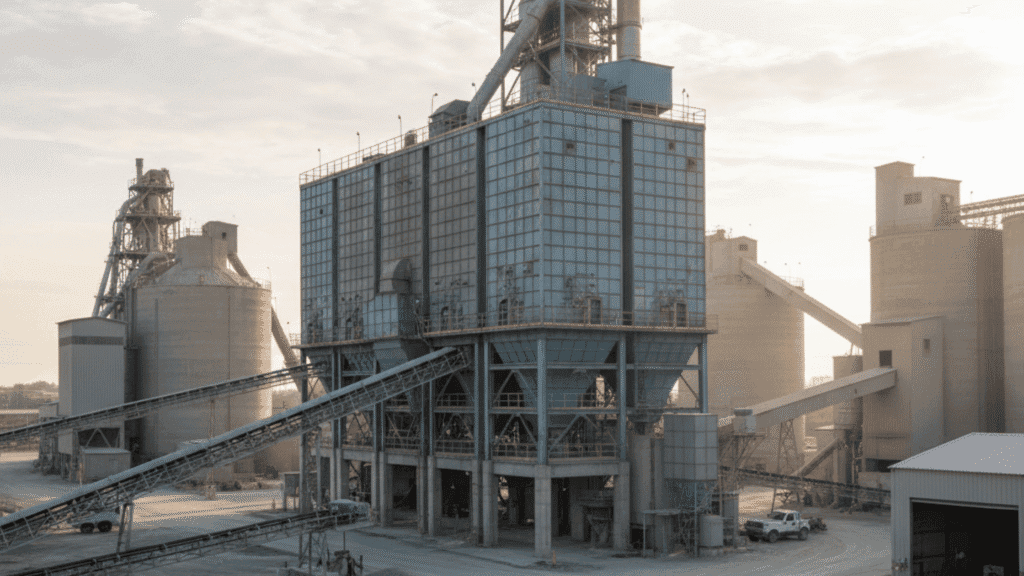
1. Advanced Composite Media Engineering
Modern filter bags are evolving from single-fiber fabrics to engineered composite media systems designed for the extreme demands of cement production. These multi-layer constructions often combine aramid (노멕스), PPS (polyphenylene sulfide), and PTFE (polytetrafluoroethylene) substrates, enhanced with ePTFE membrane laminates and nano-layer surface treatments.
This hybrid architecture provides superior filtration efficiency (<1 mg/Nm³ achievable), exceptional chemical and hydrolysis resistance, and a consistently low pressure drop across the filtration cycle. Moreover, surface energy modification through fluoropolymer coatings prevents fine dust adhesion, reducing the need for frequent pulse cleaning and lowering compressed air consumption by up to 25–30% over conventional fabrics.
2. Intelligent Monitoring and Predictive Maintenance Systems
The integration of Industrial IoT (IIoT) 그리고 edge analytics is revolutionizing bag house management. Advanced systems now deploy differential pressure transmitters, triboelectric sensors, thermocouples, and acoustic leak detectors that feed real-time data into centralized analytics platforms.
Through machine learning algorithms, these systems can identify deviations in pressure drop trends, cleaning frequency, or gas temperature that signal impending bag degradation or valve malfunctions—often weeks before failure. The result is a shift from reactive maintenance to predictive and prescriptive maintenance, cutting unplanned downtime by up to 40% and optimizing cleaning cycle energy consumption.
3. Modular and Scalable Bag House Configurations
Plant design is moving toward modular, compartmentalized bag house architectures that align with modern plant optimization and maintenance strategies. Instead of a monolithic casing, modular units allow section-wise isolation and servicing while maintaining full operational throughput in other zones.
This design supports plug-and-play capacity scaling, improved accessibility, and integration of localized airflow control systems. Additionally, computational fluid dynamics (CFD)–optimized layouts ensure uniform dust loading, balanced flow distribution, and minimized re-entrainment—enhancing bag life and system stability.
4. Sustainability-Driven Design and Regulatory Compliance
As emission norms tighten globally, particularly under EU BAT (Best Available Techniques) 그리고 CPCB standards in India, cement plants are now targeting continuous emissions below 10 mg/Nm³. Achieving this demands more than just high-efficiency media—it requires smart pulse-jet control, optimized cleaning energy, 그리고 low-leakage housing designs.
The sustainability focus also extends to circular filtration systems, where spent filter bags are repurposed or recycled, and compressed air recovery technologies are employed to reduce carbon footprint. Plants adopting these approaches report up to 15% reduction in specific energy consumption for filtration and longer operational cycles between changeouts.
5. Regionalized Innovation and Process-Condition Customization
While global OEMs drive high-end R&D, localized manufacturers are now developing process-specific filtration solutions optimized for regional operating conditions—such as fluctuating humidity, alkali-laden gases, or high dew-point operations.
Customized PTFE-coated aramid blends or alkali-resistant PPS fabrics have shown 20–40% longer service life in Indian and Southeast Asian cement plants compared to generic imports. This localized innovation approach not only reduces total cost of ownership but also ensures compatibility with indigenous kiln, clinker cooler, and raw mill configurations—delivering durable, high-performance filtration under diverse environmental stresses.
Industry Insights That Matter
The most expensive filter bag isn’t the one that costs more upfront—it’s the one that fails early. Cement plants that evaluate total cost of ownership (TCO) instead of initial price consistently achieve longer uptime and lower operational costs.
A slightly higher investment in advanced composite media can extend service life by 25–30%, lower cleaning frequency, and stabilize emissions. This doesn’t just reduce maintenance—it cuts energy costs associated with compressed air and fan operation.
Moreover, plants are learning that a one-size-fits-all approach rarely works. Each process zone demands its own filter media strategy. The high temperatures and alkali-rich gases near the kiln require different materials than the fine dust and lower temperatures in the finish mill or packing sections. Zone-specific optimization can dramatically increase overall bag house reliability.
Predictive maintenance completes this transformation. Plants using real-time monitoring systems are achieving up to 20% longer filter life and significantly fewer unplanned outages. The integration of bag house data with process control systems enables a more intelligent, responsive filtration environment—one that reacts to operating conditions in real time.
How to Future-Proof Your Filter Bag Strategy
To translate these insights into tangible performance gains, cement plants must shift from short-term decisions to strategic, lifecycle-based thinking. Here’s how leading facilities are optimizing their bag house operations for sustained efficiency and compliance:
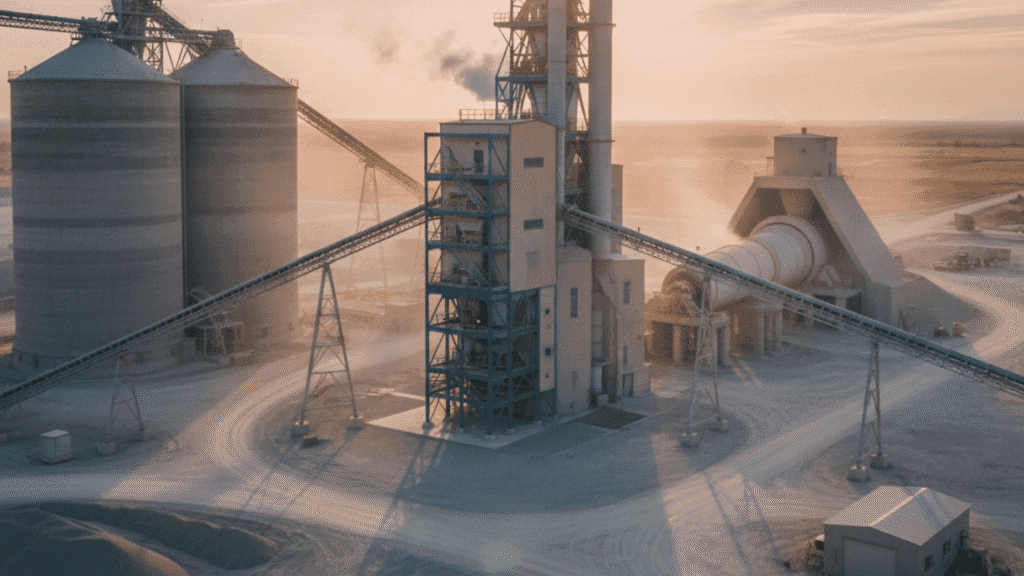
1. Evaluate Total Lifecycle Cost, Not Just Purchase Price
The cheapest option at purchase often becomes the costliest over time. Instead of focusing solely on initial pricing, consider the total cost of ownership — including energy consumption, downtime during replacements, labor costs, and the potential financial risks of non-compliance. Plants that factor in these variables typically achieve up to 20–25% lower operational expenses and significantly longer filter life.
2. Match Media to Process Zones
Every zone in the cement production line faces unique temperature, dust loading, and chemical exposure levels. A single fabric type cannot deliver consistent results across all sections. Advanced plants now adopt a zonal approach — using high-temperature and chemically resistant fabrics in kilns and clinker coolers while deploying cost-effective media in less demanding zones. This balance optimizes both performance and expenditure.
3. Adopt Data-Driven Maintenance
Predictive maintenance is redefining how plants manage their filtration systems. By integrating smart sensors, differential pressure monitors, and analytics software, operators can detect filter degradation before it becomes critical. This proactive approach not only extends filter life but also improves uptime, maintaining emission compliance without unplanned shutdowns.
4. Plan Modular Upgrades for Minimum Downtime
Rather than waiting for system-wide replacements, forward-thinking plants design modular bag house systems that allow staged or partial upgrades. This flexibility enables maintenance teams to replace sections without halting production entirely — saving time, protecting throughput, and maintaining continuous operation.
5. Collaborate with Specialized Partners
Choosing the right partner is as crucial as selecting the right fabric. Working with an experienced filtration solutions provider like Intensiv Filter Himenviro ensures that every aspect — from dust characteristics to gas flow patterns — is analyzed scientifically. This collaborative approach transforms filtration from a reactive necessity into a strategic advantage, driving cleaner emissions, longer filter life, and lower operational costs.
The Road Ahead
The next five years will redefine how cement plants view filtration. Research is progressing toward self-cleaning and self-healing fabrics, while integration with plant control systems will make the bag house a smart, adaptive unit. Regulatory frameworks will tighten further, linking particulate emissions directly to sustainability and ESG performance.
Recycling and end-of-life recovery of spent filter bags will also become mainstream, as circular economy practices move from concept to compliance requirement. For forward-thinking plants, these shifts represent not a burden but an opportunity—to lead the industry in operational excellence and environmental stewardship.
결론
The bag house in a cement plant is no longer just a compliance necessity—it’s a performance differentiator. Every decision about filter media, system design, and monitoring now directly impacts profitability, efficiency, and sustainability.
By focusing on advanced materials, predictive intelligence, and lifecycle economics, cement manufacturers can turn filtration from a cost center into a competitive advantage.
~에 인텐시브 필터 히멘비로, we’re committed to helping cement plants achieve that transformation. Our filtration solutions are designed to last longer, perform better, and adapt intelligently to the evolving demands of modern production. The right filter bag doesn’t just clean your air—it cleans up your bottom line.
자주 묻는 질문
A bag house in a cement plant is an industrial dust collection system designed to capture and remove particulate matter from exhaust gases produced during cement manufacturing. It uses fabric filter bags to trap dust, ensuring cleaner air emissions, regulatory compliance, and a safer working environment for plant personnel.
Dust-laden air enters the bag house and passes through specially designed filter bags. Particles are trapped on the bag surfaces while the cleaned air exits. Periodically, accumulated dust is removed through pulse-jet, shaker, or reverse-air cleaning mechanisms, keeping airflow consistent and maintaining system efficiency.
Cement plants typically use pulse-jet bag houses, reverse-air bag houses, and shaker bag houses. Pulse-jet systems are ideal for high-dust loads, reverse-air bag houses are suitable for moderate loads, and shaker systems are used in smaller applications or pre-processing areas.
The lifespan of a filter bag depends on factors such as dust composition, gas temperature, chemical exposure, and cleaning frequency. Proper selection of advanced fabrics and regular maintenance can extend service life to 3–5 years or longer, reducing replacement costs and downtime.
